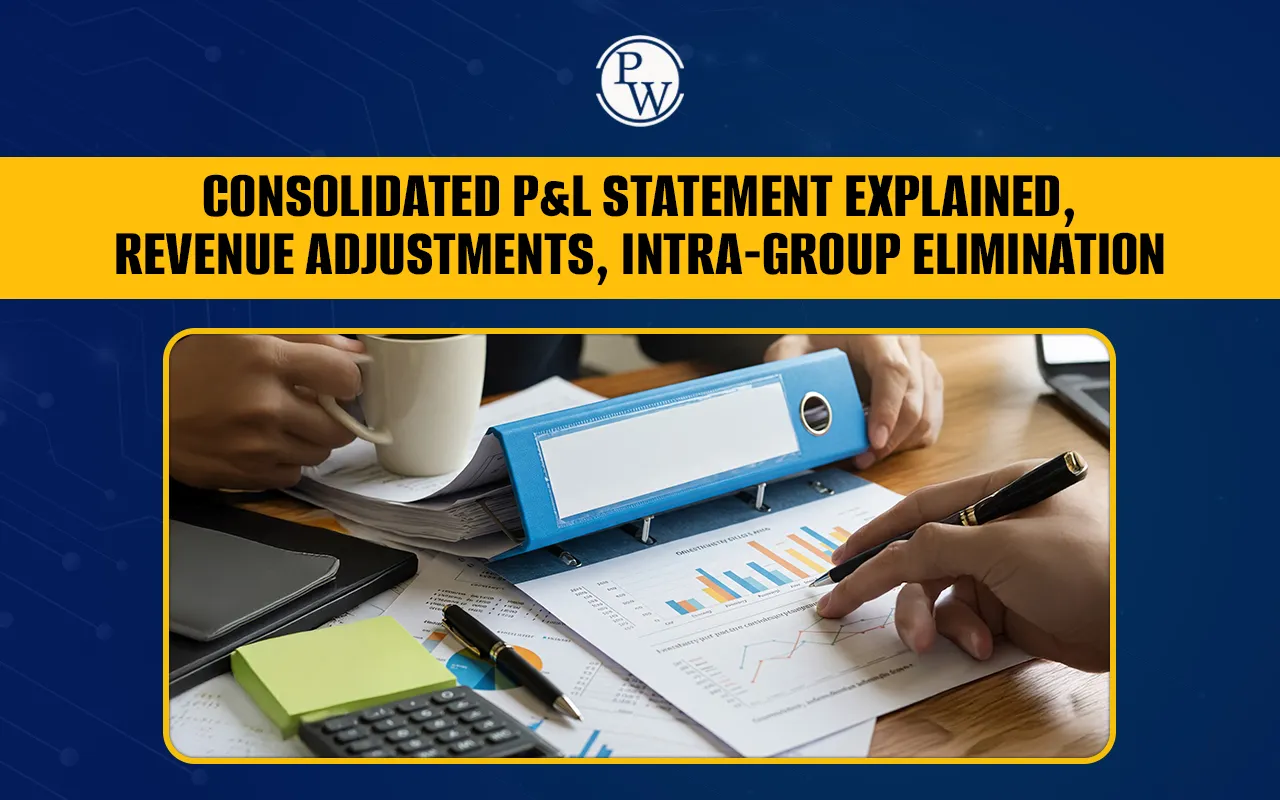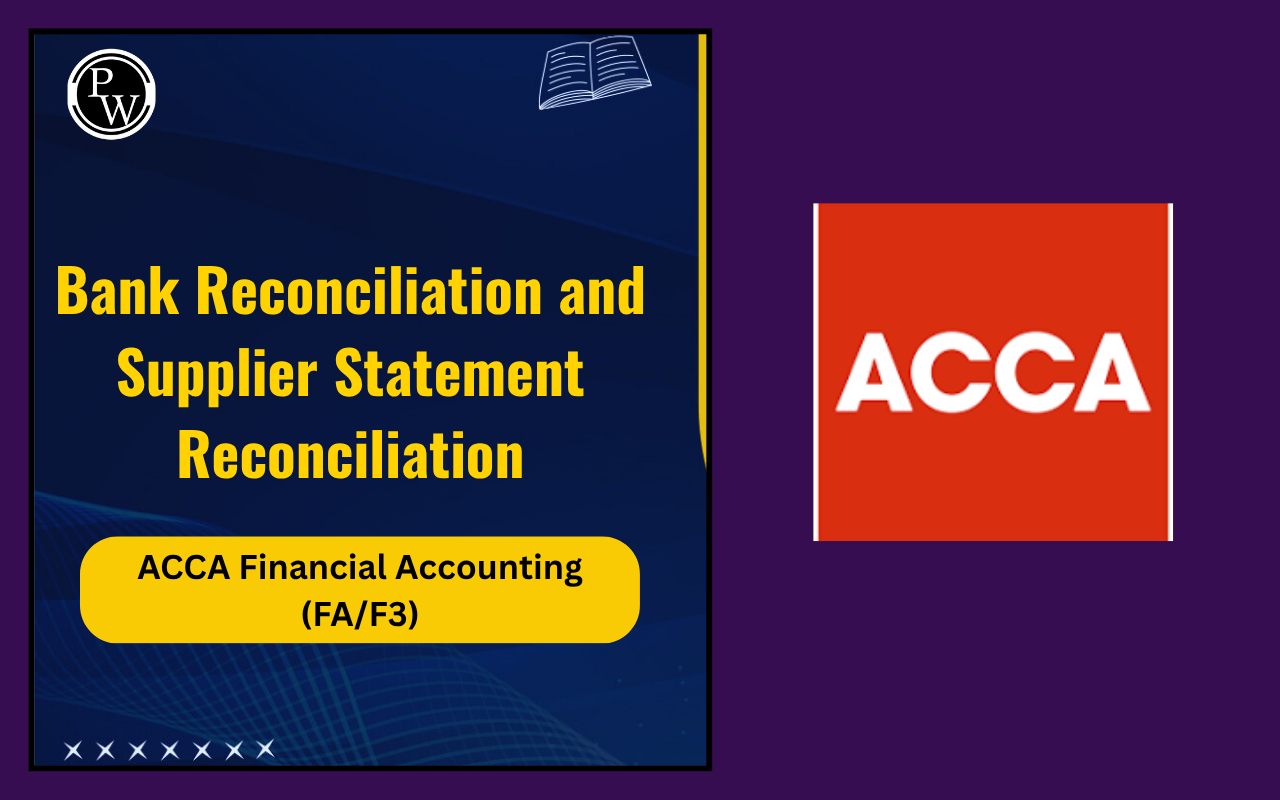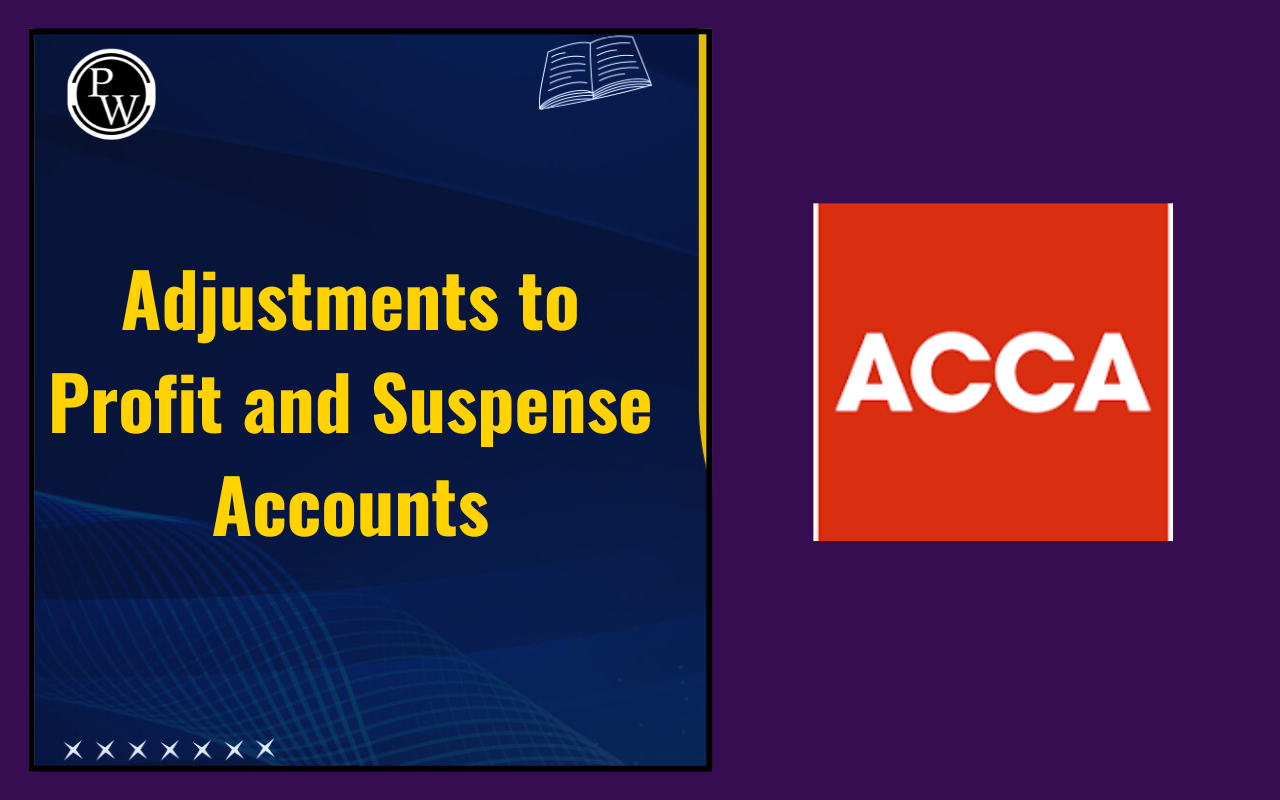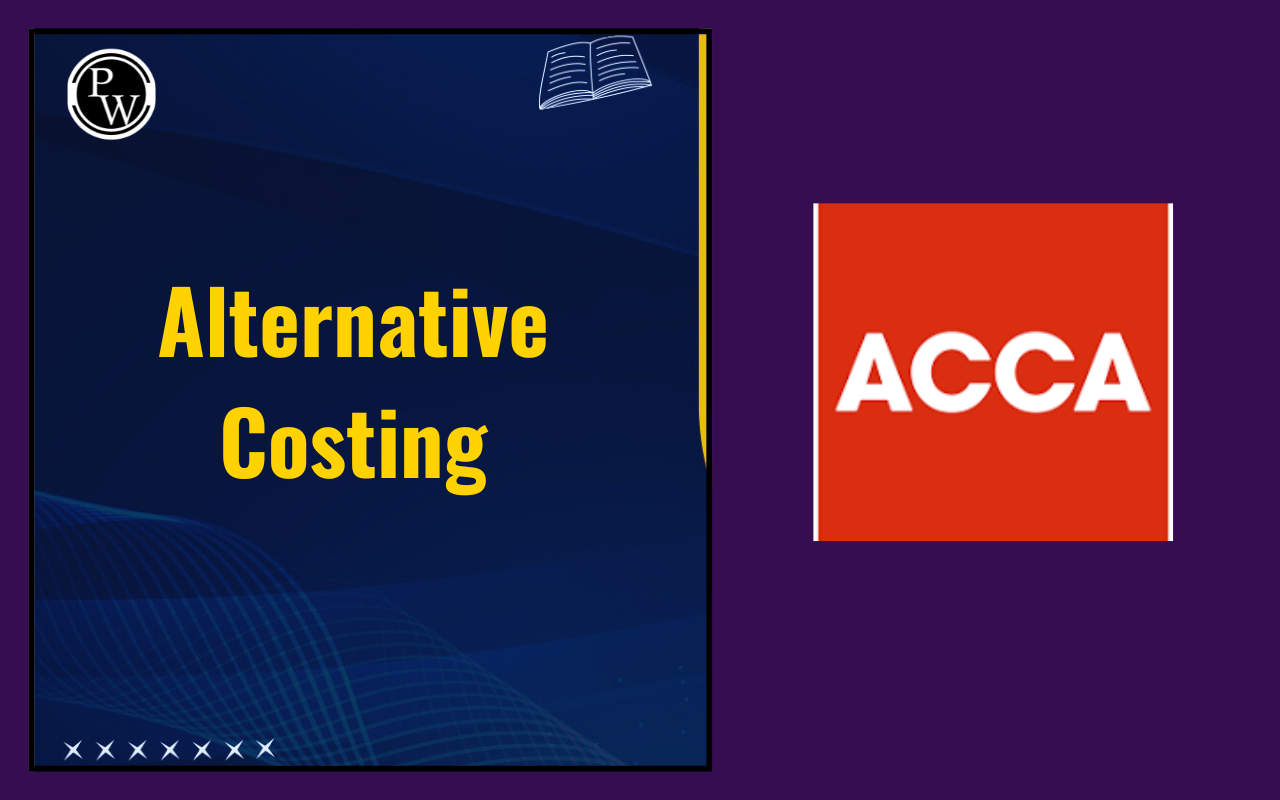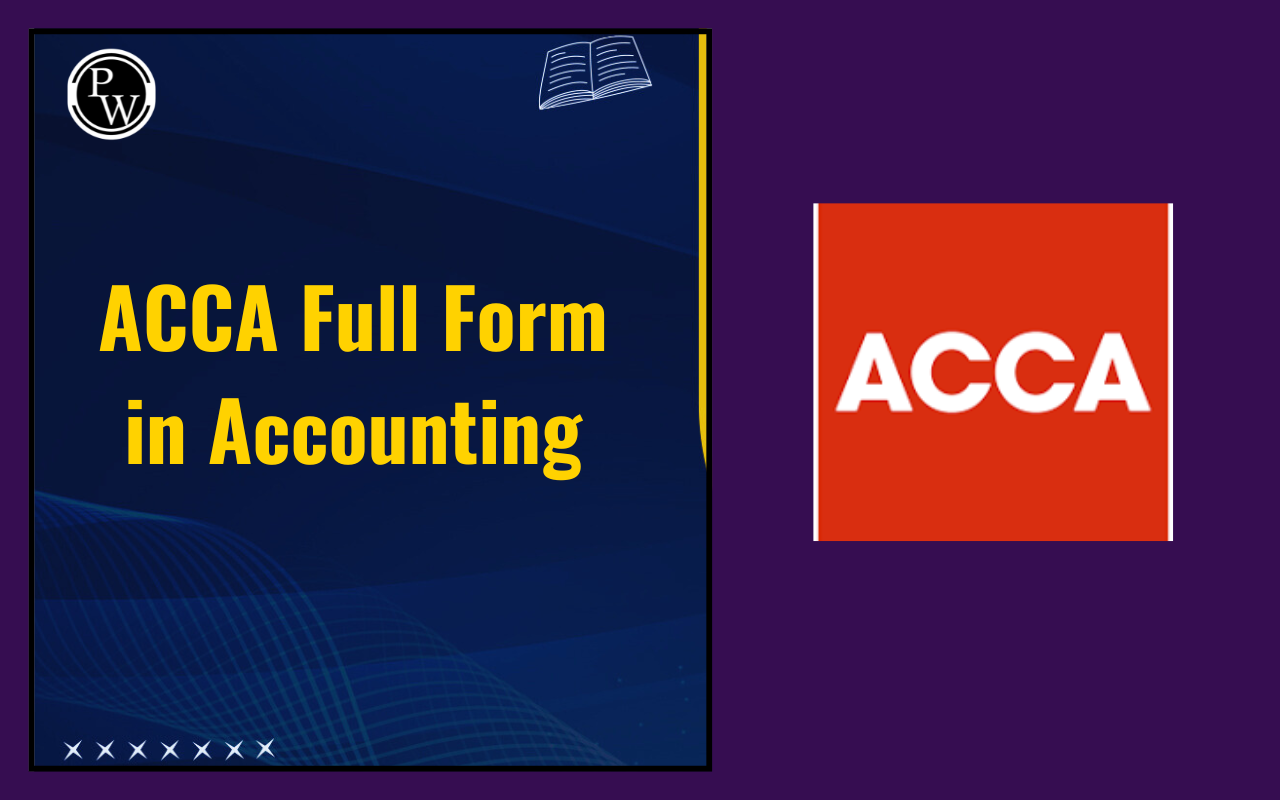
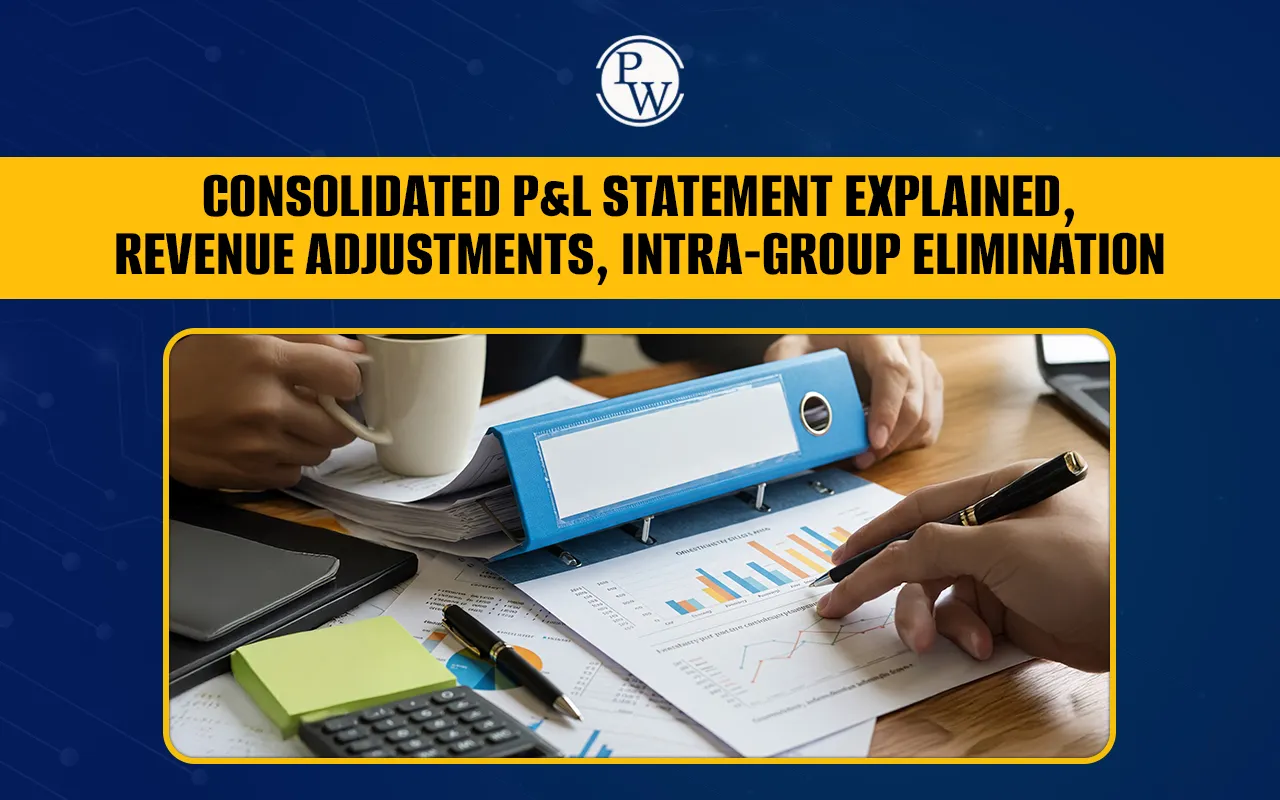
Consolidated P and L Statement is a financial document that displays the overall performance of a group of businesses. It merges the profit and Loss statement of a parent company with those of all its subsidiaries into one report. This helps students and professionals in comprehending the overall performance of the group throughout a fiscal year.
Here, we’ll help you understand all aspects of a Consolidated P&L Statement. By the end of this, you will thoroughly understand its meaning, purpose, adjustment, and preparation steps.
What is a Consolidated P and L Statement?
A Consolidated profit and loss statement encompasses more than merely the parent company’s profit and loss account. Rather, it encompasses the outcomes of the parent firm along with all its affiliated subsidiaries aggregated.
For example, if Company A possesses Company B, their incomes and costs are merged to display a single financial performance statement. This offers a precise and comprehensive overview of the group’s income and expenses. The primary purpose of a Consolidated P and L Statement is to deliver a unified report that displays:
- Overall income of the group
- Overall costs of the organization
- Total net profit or loss
Why is a Consolidated P and L Statement Important?
Consolidated P and L Statement is useful for:
- Showing the complete financial health of the group
- Avoiding confusion caused by separate profit and loss accounts
- Giving investors a better idea of the group’s performance
- Helping management make better decisions
Without a consolidated statement, the overall performance of the group may be unclear because internal transactions between companies could inflate revenues or profits.
Key terms in a Consolidated P and L Statement
To understand a Consolidated P&L Statement, students should know these terms:
Intra-group Revenue Elimination
This involves eliminating transactions of sales and purchases conducted between the parent and subsidiary companies. For example, if Company A sells a product valued at Rs1000 to Company B, this transaction is not recognized as revenue for the group since it is an internal exchange.
Unrealized Profit Adjustments
Sometimes, products are exchanged among affiliated companies but have not yet been sold to external customers. This profit generated from these goods isn’t genuine for the group. We apply unrealized profit adjustment to eliminate this fictitious profit and reveal the actual profit.
Non-Controlling Interest (NCI) in P&L
If the parent company does not own 100% of the subsidiary, the share of profit that belongs to other shareholders is called non-controlling interest (NCI) in P&L.
Group Consolidation Adjustments
These alterations are implemented to eliminate the internal sales, interest, or dividends among group companies. Group consolidation adjustments contribute to producing a transparent and equitable financial report.
Steps to Prepare a Consolidated P&L Statement
Follow these steps mentioned below to create a consolidated Profit and Loss Statement:
-
Combine Revenues and Expenses: Add the revenues and expenses of the parent and subsidiary.
-
Remove Intra-group Transactions: Apply intra-group revenue elimination by removing internal sales and purchases.
-
Adjust Unrealized Profits: Use unrealized profit adjustment for goods not sold outside the group.
-
Calculate Profit Distribution: Divide the profit between the parent and non-controlling interest (NCI) in P&L.
-
Apply Group Consolidation Adjustments: Adjust interest, dividends, or other internal transactions.
Example of Consolidated Profit and Loss Statement
Suppose Parent Company A and Subsidiary B have the following profits:
-
Parent Company Profit: Rs1000
-
Subsidiary Company Profit: Rs400
The total combined profit is 1400. If the parent company owns 80% of the subsidiary company, then the remaining 20% goes to the non-controlling interest(NCL) in P&L.
Mid-Year Acquisition Adjustments
If the parent company acquires a subsidiary during the year, we only account for theprofit generated after the acquisition date. This guarantees an equitable report.
Associates and Equity Method
If the company owns 20% to 50% of another company, it is referred to as an associate. For affiliates, the equity method is applied rather than complete consolidation. The parent company displays only its portion of the associate’s earnings in the Consolidated P&L Statement.
Why are Adjustments Important?
Without Adjustment for group consolidation, the Consolidated P and L Statement might display illusory profits or repeated revenues. Modifications ensure that only genuine profits grom external clients are displayed.
Creating a consolidated P and L Statement may seen challenging, but the process is simple if you adhere to the guidelines. Always keep in mind to account for intra-group revenue elimination, implement unrealized profit adjustments, and accurately represnt non-controlling interest (NCI) in the profit and loss statement. By making the right consolidation adjustments, the report will reflect the true performance of the business group.
| Also Check: |
| Irrecoverable Debts and Allowances for Recoverables |
| ACCA Business and Technology |
| How to Attempt ACCA MCQs Smartly for Maximum Marks? |
| Can You Finish ACCA in Two Years? |
Consolidated P and L Statement FAQs
What is the main purpose of a Consolidated P&L Statement?
Why is intra-group revenue elimination important?
What is non-controlling interest (NCI) in P&L?
How does unrealized profit adjustment work?

